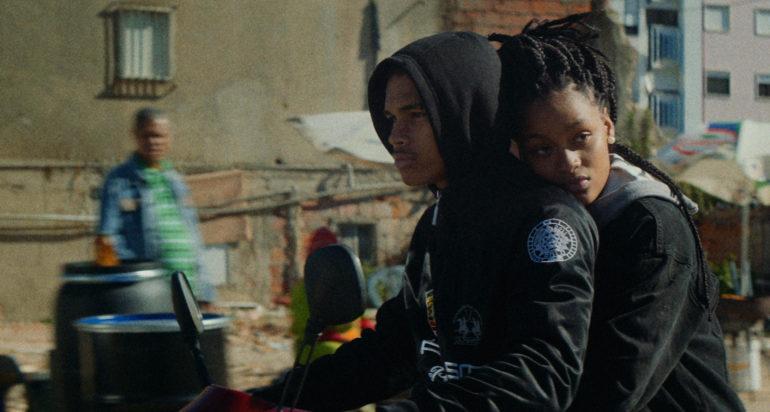‘O Fim do Mundo’ Director Basil Da Cunha on Locarno Player
By Jamie Lang
LOS ANGELES (Variety.com) – Basil Da Cunha’s second feature “O Fim do Mundo,” (“The End of the World”) kicked off its festival run with a premiere in Locarno’s main International Competition on Tuesday afternoon.
Portuguese and Cape Verdean Creole in narrative, language and location, “O Fim do Mundo” is a 100% Swiss production from Thera Production co-produced by public broadcaster Radio Télévision Suisse (RTS). Lop Magneron’s Paris-based Wide Management is handling international sales; Swiss distribution is handled by Sister Distribution.
Thera producer Julien Rouyet has been a close friend of Da Cunha’s for 15 years now, which helps to explain the unique production setup on the director’s more recent films.
Following Spira, a young man just released from a juvenile detention center, the film tells a fictional tale that may as well be real, documenting the disappearance of predominantly black, Cape Verdean Creole-speaking Portuguese communities. Spira experiences the destruction of his home neighborhood as a native and an outsider at the same time and faces heavy resistance from the new leaders of the community.
Da Cunha talked with Variety about using actors from the communities he’s filming, how he likes to shoot and the origins of the film’s narrative.
This is your second feature, but you made several shorts that have had successful international festival runs. What did you learn on your first feature, “After the Night,” that was different from what you experienced on your shorts?
The biggest difference was the way I began to introduce my actors in the writing process. I’ve known them now for 12 years and I get to know them better every day having shared my life with them. I really try to include them in every part of filmmaking.
In terms of methodology, I made my first feature the same way I’ve done my shorts: with a small team, lots of freedom to improvise, and always trying to come up with new ideas during shooting.
This is a story about community but filmed mostly in closeups on individual characters. Can you talk about the decision to get so close to your characters?
When I shoot my own films, I’ve done all but two of them myself, it’s how I find things while filming. I’m in the scene and there is improvisation. I’m always sharing opinions with the actors. So, until I’m there it’s difficult to know how I’m going to shoot. Even if the script is very detailed, my actors don’t read the lines, but improvise from directions I give them.
It has also to do with the place I have in this community. I’ve lived there for 12 years and I film it from the inside. The police and some journalists see the community from far away, so to me the way I film is my political statement. This is not the police watching, it’s not voyeuristic, this is me in the middle of my boys telling a story from inside.
How do you find the process of working with non-professional actors?
They are non-professionals that, for me, are no longer amateurs because we’ve worked so many years and done so many films together that for me, they are the best actors in the world. We learned and developed our own way of working. Each year we add new people but keep the old ones who only get stronger.
Can you talk about co-writing with Saadi?
One month before shooting I started working with Saadi, a friend of mine, on another feature. I realized that the kids I wrote about and wanted to film were now young adults. So, I ask Saadi to read the script, to meet the boys and we were re-writing the script all the way through shooting. He was important because although I’ve known these kids for 12 years, in just a few days he saw things I didn’t that we put in the film. Saadi is a genius with a human quality and a sense of humor that let him enter my world and be accepted by everybody.
Where did this story come from? Is it completely invented or based partly on actual events?
I wanted to film the last breath of this place and to make a portrait of the community before it ends. It was important to document this and show what is happening to people who are thrown out of their houses with no recourse. At the same time, I understand that the streets don’t belong to my generation anymore, so I decided to include these kids that were coming to the streets now. Then, with help from Saadi, we included the story of one of the kids that has spent his childhood in a youth lockup. I thought that was interesting because it’s the point of view of someone from the community and from the outside. This movie was a collective experience. Even if the actors didn’t write it directly, everything had to be connected to them.


